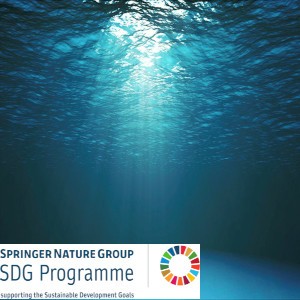 Microbiome and Environmental Microbiome are calling for submissions to our Collection on Microbiomes of open water and coastal pelagic environments.
Microbiome and Environmental Microbiome are calling for submissions to our Collection on Microbiomes of open water and coastal pelagic environments.
The aim of the collection is bringing together research on open water and coastal pelagic environments. Given the technological and bioinformatics advancements, combined with recent and ongoing global sampling efforts across oceans and coastal aquatic systems, a focused collection on marine pelagic microbiomes is needed.
Oceans cover 70% of the planet and the microbial communities have a dominant role in global carbon, nitrogen, phosphorus and sulfur cycles. Microbes associated with sinking organic matter also ensure a more rapid remineralisation of silica and other elements. While phytoplankton are the main agents for fixing inorganic carbon and support higher trophic levels in the marine ecosystem, they also have effectively drawn down anthropogenic CO2 from the atmosphere, which can eventually sink to deeper waters. This fixed carbon has been a carbon sink since the beginning of the Anthropocene. The net effect of oceanic carbon sequestration is dependent on the structure and complexity of planktonic marine microbiomes. Global marine waters are a myriad of niches that are evident from the surface to the deep sea, and across latitudes and longitudes. In addition, complex atmospheric and terrestrial teleconnections influence, nutrients, temperature, light and oxygen, all of which select for microbial consortia.
The collection will consider new research and invited reviews investigating microbiomes of, for example, regional seas, depth strata in the ocean, and coastal interfaces. The central focus of the microbiomes could also include, phytoplankton, heterotrophic protists, bacteria, archaea and viruses.
This Collection supports and amplifies research related to SDG14.
Image credit: © katatonia82 / Getty
Microbiome and Environmental Microbiome are calling for submissions to our Collection on Microbiomes of open water and coastal pelagic environments.